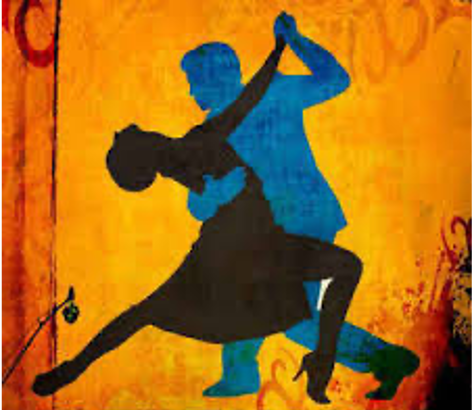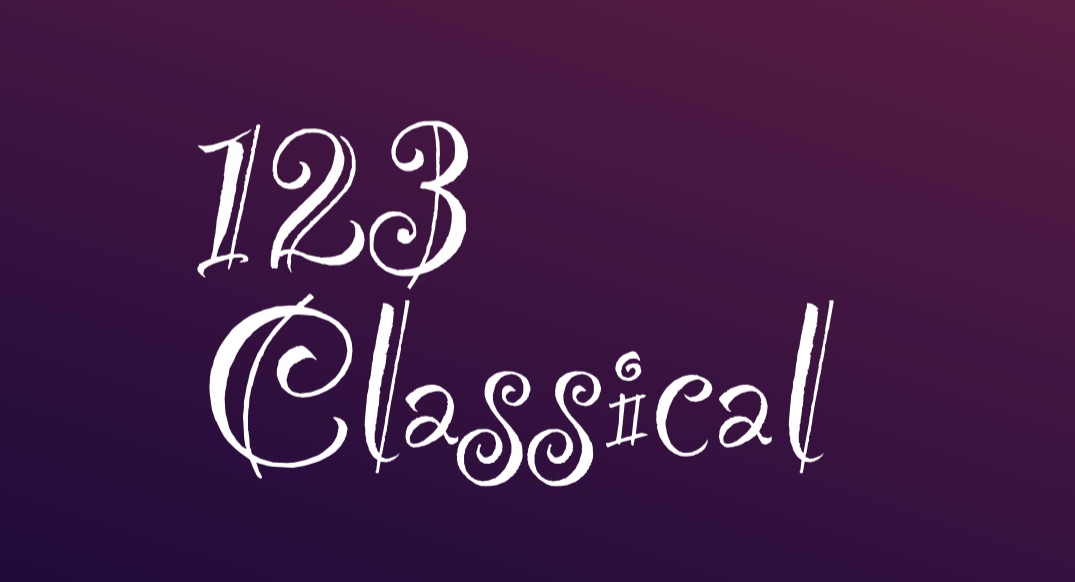

Filters

The modern period is characterized by divergent styles as a result of a variety of influences, from world music to technology. During this period, whilst some composers continued the path of modernism that dominated the first half of the 20th century, with their music being marked by dissonant sounds, more complex rhythms and fewer lyrical melodies, other composers took entirely different directions towards minimalistic, electronic, computer and experimental music. Also, contemporary classical music during this period turned towards films and video games, a trend which increased its popularity towards the end of the 20th century.
Minimalist music developed in America in the 1960s at the same time as a similar art movement developed. Minimalists wanted to move art and music back to their basics, in reaction to the large, emotional works of the previous periods of classical music. Their music was completely innovative, sounding nothing like any music created in previous periods and bringing together popular and classical music. Composers such as Steve Reich, Philip Glass, Michael Nyman and John Adams, championed Minimalism by experimenting with repetitive and rhythmic musical patterns or intertwining layers of sound, sometimes also including elements of jazz and rock . Their music also reflects advances in technology - composers were using technology to record, edit and sample their own music and the music of others. And in the 1980s a new trend developed: Post Minimalism. Post minimalist music shares the beat of minimalist music, but not so much the repetitions, is more mysterious than minimalist music and is open to more influences from jazz, rock and folk music.
The amazing rise of new technologies has given rise to tremendous changes in musical style and sound, as they were incorporated into music and composers started using computers and electronic means in their work. The composers might be using a computer algorithm or a program, or purely electronic musical instruments (e.g synthesizers) or electromechanical instruments (e.g. electric guitars or electric piano) to produce sounds and create music. The result is an innovative genre of more popular classical music, by also drawing elements from other music genres, such as jazz, rok, pop and folk.
And finally, there is experimental music, where the composer questions all music boundaries and conventions and creates a type of indeterminate and unpredictable music, determined by the composers' free choice or even by chance. One of the most famous examples of this type of music is John Cage's 4'33", in which the performers do nothing except be present for 4 minutes and 33 seconds, meaning that the piece is actually composed of the sounds and atmosphere in the environment during that time. The question is: is this still music or not?
"The hours"
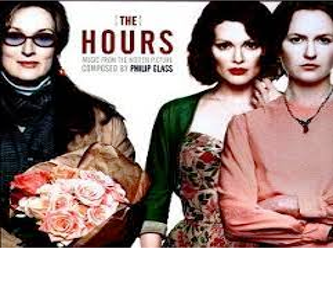
"I giorni"
("The days")

"Schindler's list"
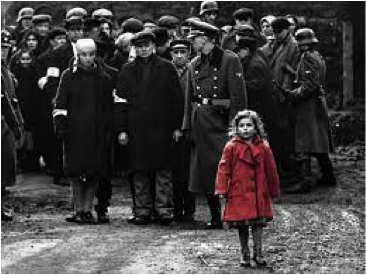
"Spiegel in spiegel"
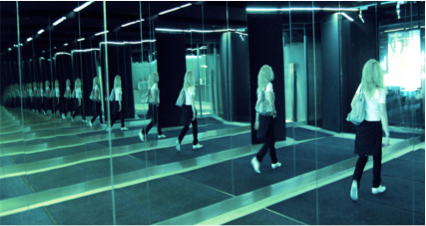
"Gabriel's oboe" from "The mission"
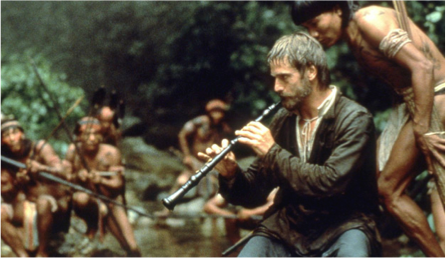
"Cinema paradiso"
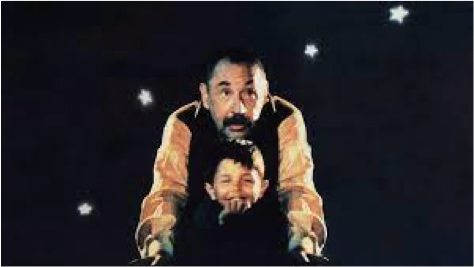
"Danzón no 2"
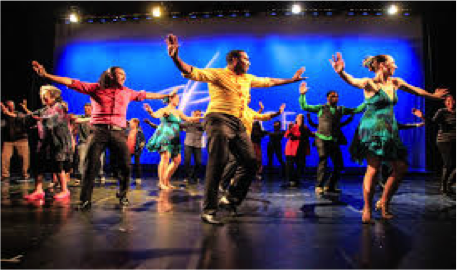
"Star wars"
(Main Theme)
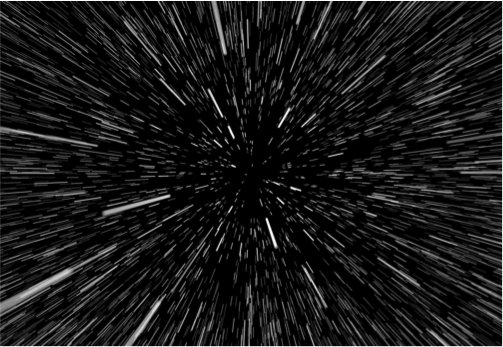
"Four seasons remix"
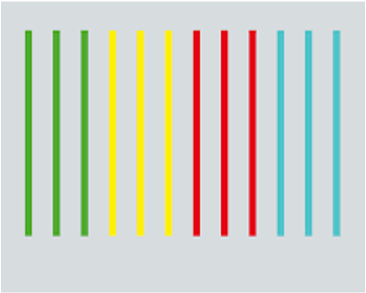
"The gladiator"
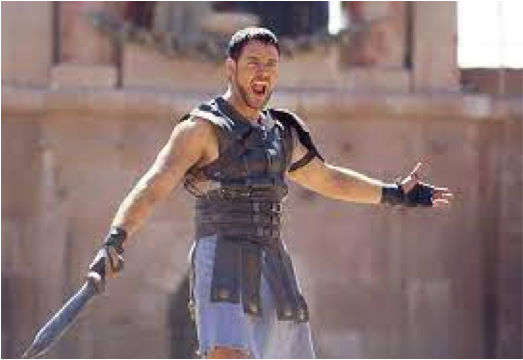
"Le onde"

"Libertango"
